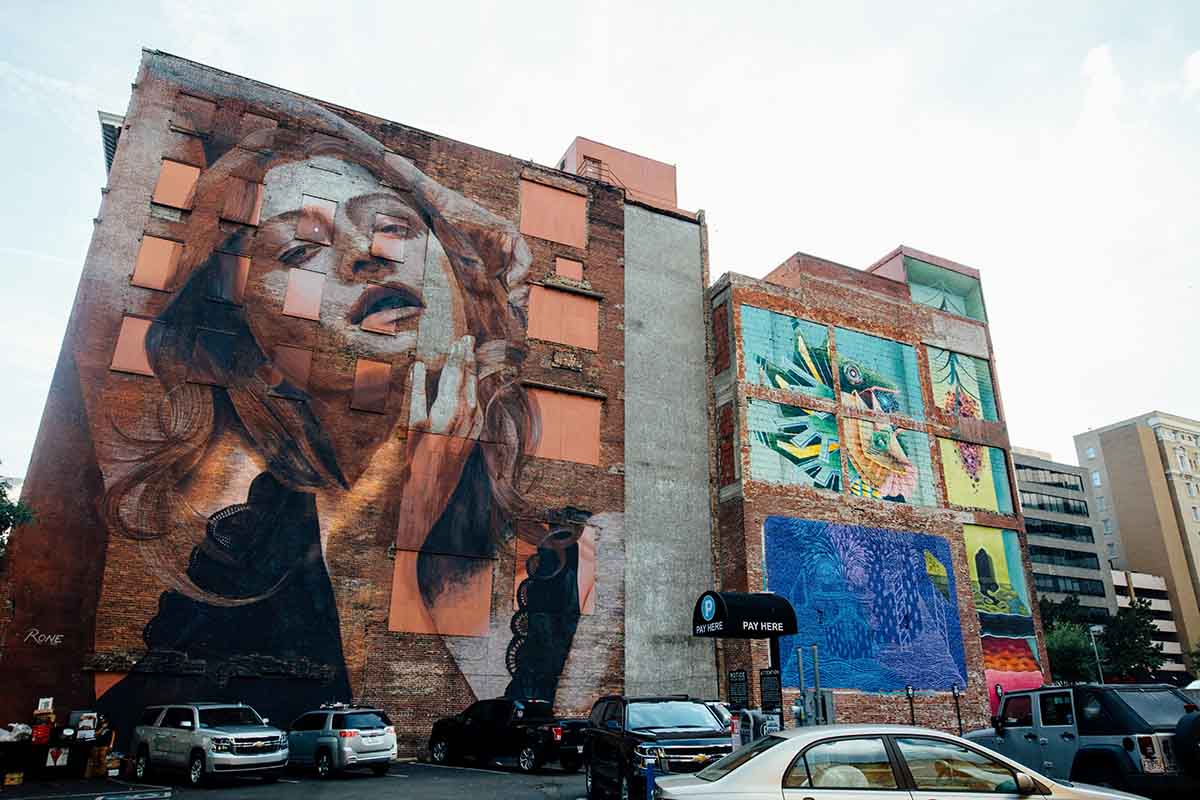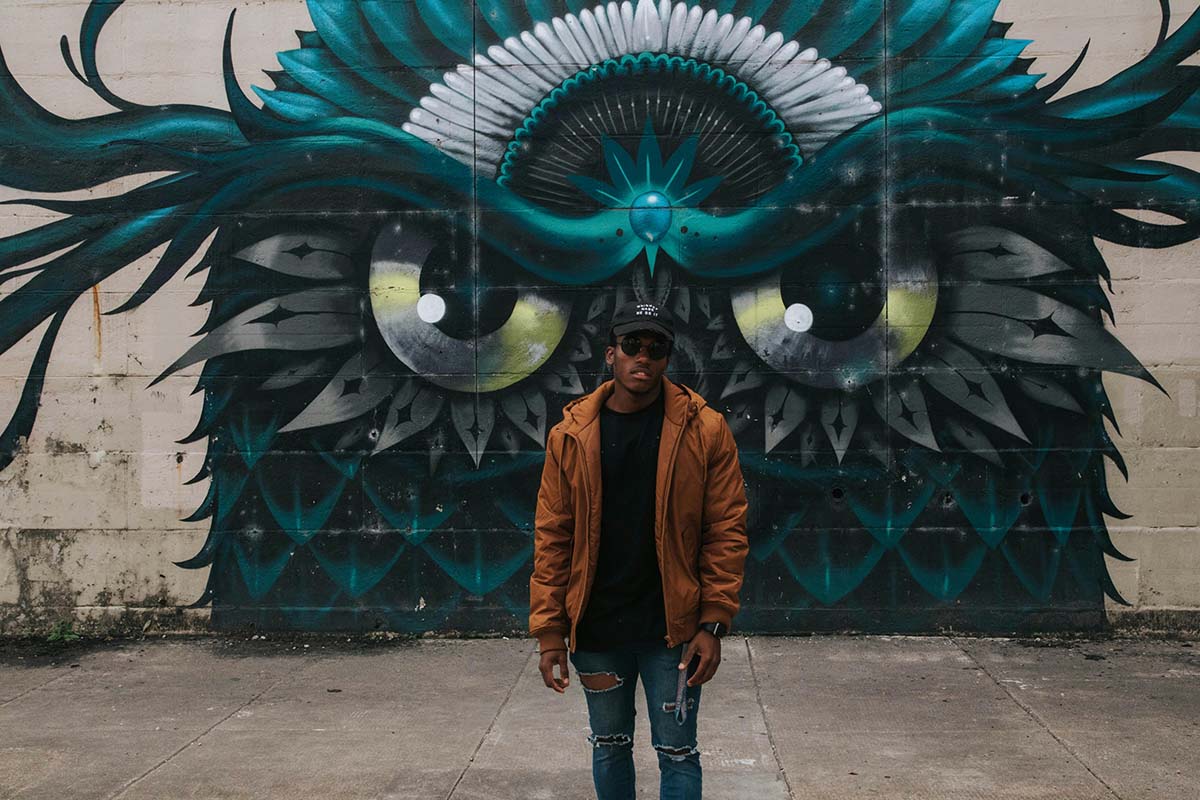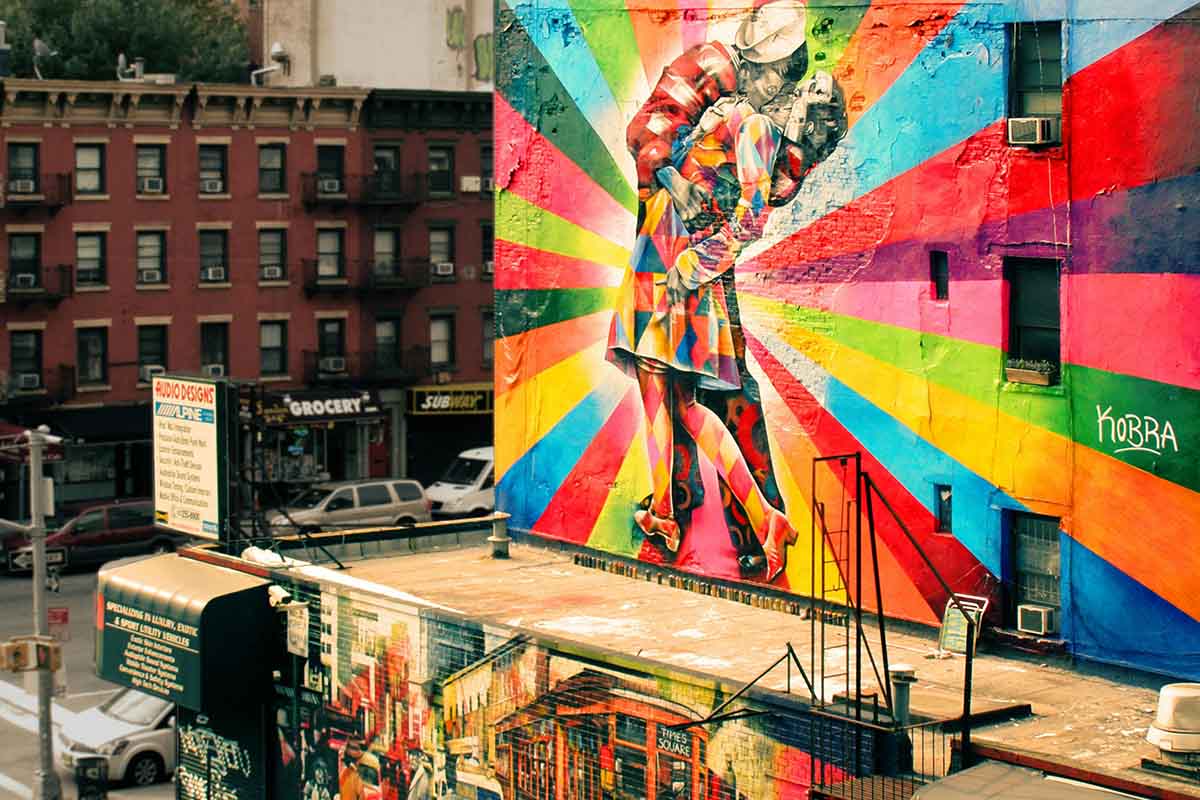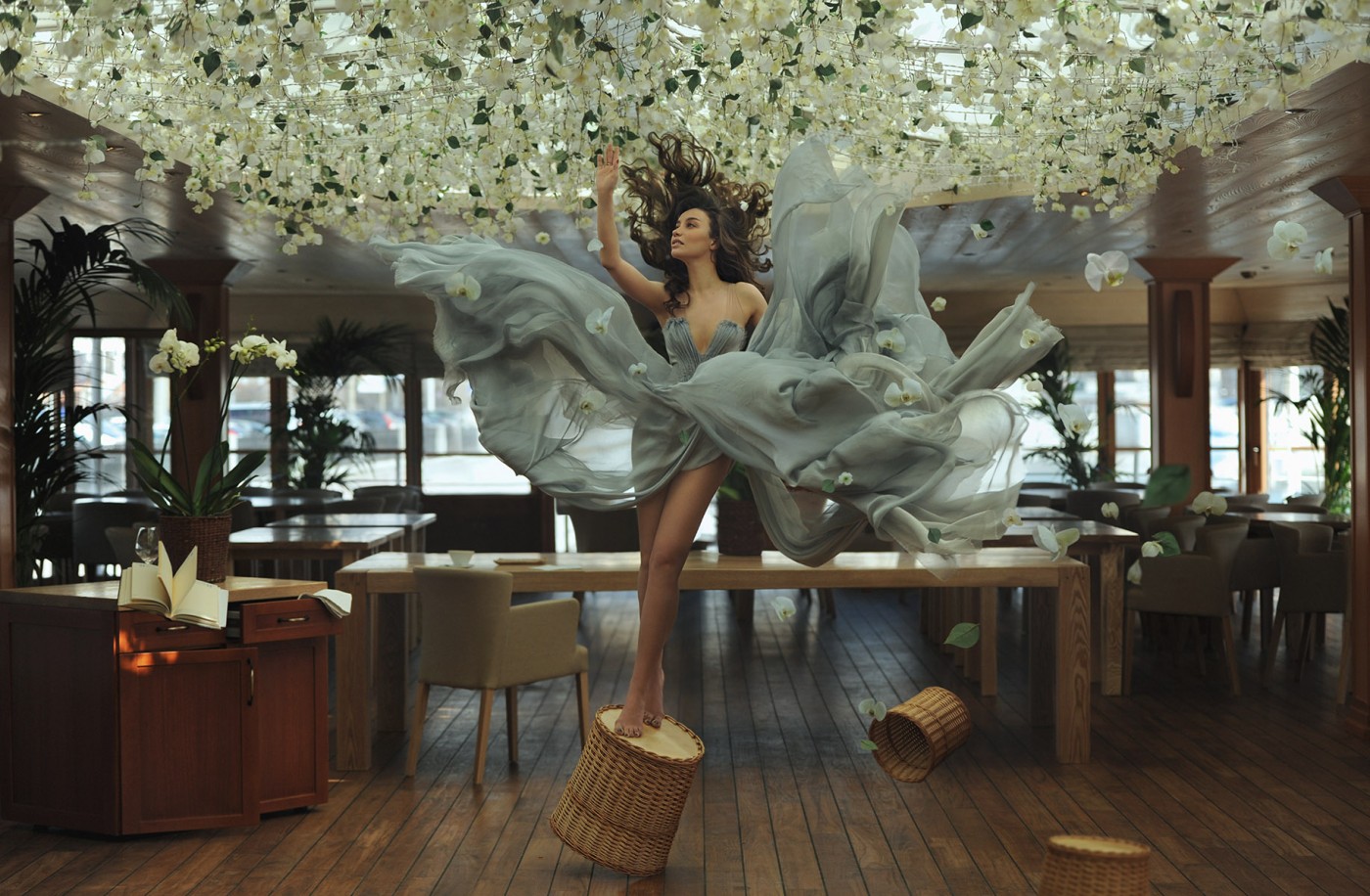Exploring The Vibrant World Of Painted Wall Murals
The medium of painted wall murals has weaved tales of culture, history, and artistic expression on the vast canvases of cityscapes and interiors alike.
From ancient to modern times, the grand scale of murals continues to captivate the eye, stir emotions, and inspire admiration. Scott Biski will look deeper into the world of painted wall murals, their origins, significance, and impact on our society today.
The History of Painted Wall Murals
Throughout history, humans have always been drawn to creating art and expressing themselves through various forms. One of these forms is painted wall murals. These larger-than-life works of art have been found in ancient caves, tombs, and temples, dating back thousands of years.
Each civilization had its unique style and technique when creating these murals, but they all shared the same purpose – to tell a story or convey a message.
In ancient Egypt, painted wall murals depicted life after death and guided the deceased’s journey to the afterlife. In ancient Greece, they were used to portray scenes from mythology and honor the gods. The Mayans also created elaborate murals that depicted their daily lives, religious beliefs, and history.
The Significance of Painted Wall Murals
Painted wall murals hold great significance in our society. They are not just decorations on a wall but powerful symbols representing our culture, beliefs, and values. These murals visually represent our history and heritage, preserving it for future generations to see and learn from.
Moreover, painted wall murals also have the power to evoke strong emotions in people. They can inspire, make us think, and even challenge our perspectives.
They are a form of public art accessible to everyone, regardless of their socio-economic status or background, making it a powerful tool for social change.
The Merge of Art and Design
Aesthetic Enhancements: Murals in Interior Design
In interior design, murals are powerhouses, capable of dramatically altering the feel and look of a space. From adding depth to smaller rooms to making a grand gesture in a large, open area, murals infuse personality and character into any interior design concept.
Focal Points and Identity: The Role of Murals in Spaces
Murals within spaces act as distinct focal points, guiding the eye and establishing the visual narrative. They also play a role in defining the identity of the place, be it a corporate office seeking to promote brand values or a restaurant aspiring to create a particular ambiance.
Transformative Magic: Changing the Perception of Space
The transformative power of murals is evident in how they can change the perception of space. By creating the illusion of more space or adding a sense of coziness with the right imagery, murals have the uncanny ability to influence our emotional response to architecture.
The Impact on Society Today
In recent years, painted wall murals have gained popularity as urban art. Street artists worldwide use walls as their canvas to express their creativity and make a statement. These murals have transformed neglected and rundown areas into vibrant, colorful neighborhoods, attracting tourists and boosting the local economy.
Furthermore, painted wall murals have raised awareness about important social issues such as climate change, human rights, and mental health. They serve as a visual reminder of these pressing matters and urge people to take action and make a difference.
Conclusion
Scott Biski understands that painted wall murals have come a long way from humble beginnings to an integral part of our society today. They continue to evolve and adapt, reflecting our ever-changing world. So next time you see a painted wall mural, take a moment to appreciate its beauty and the powerful message it carries.
The colorful world of painted wall murals has so much to offer, and we can’t wait to see what the future holds for this fascinating art form. So keep exploring, creating, and spreading beauty through these magnificent works of art.




















